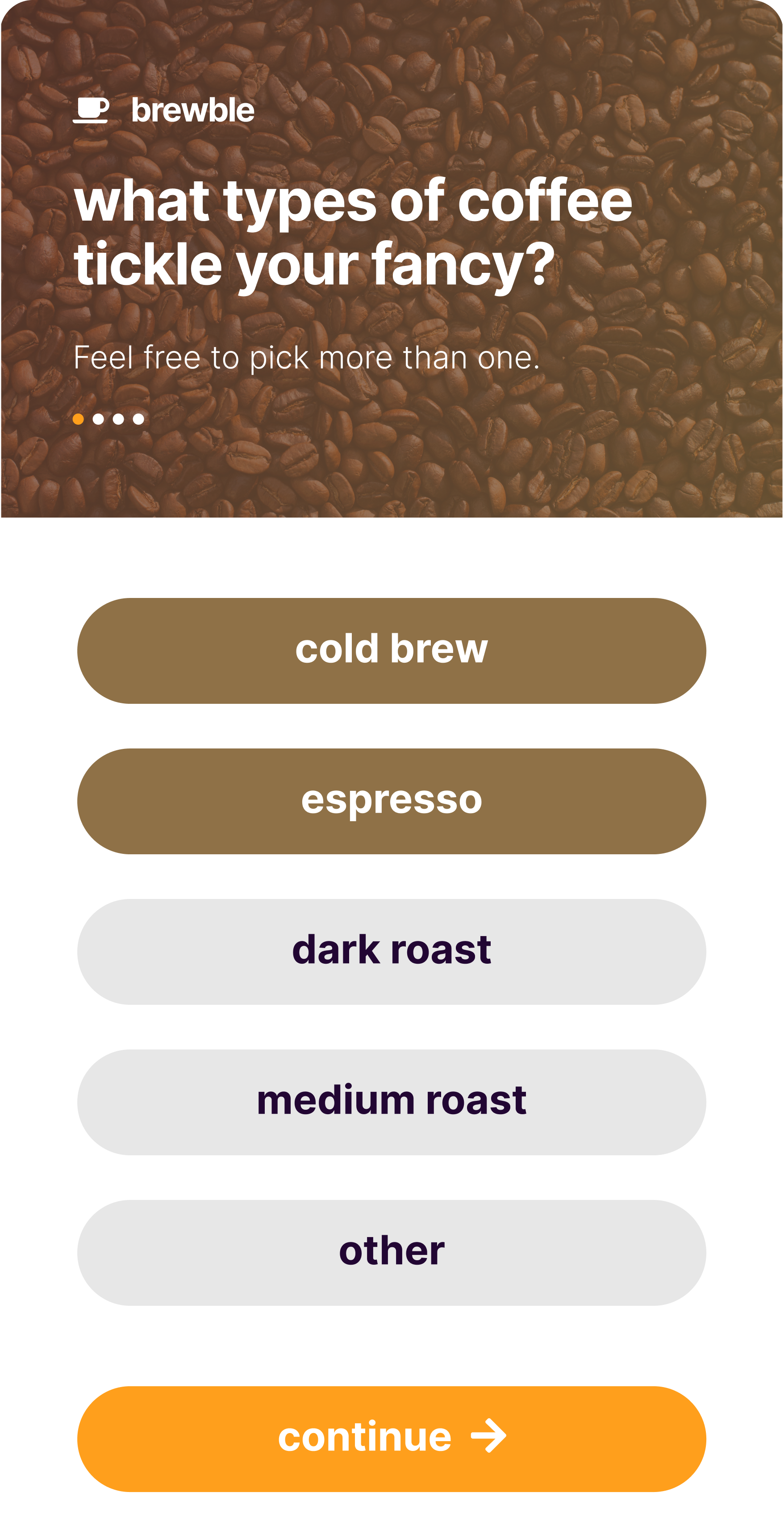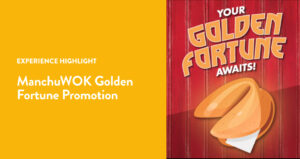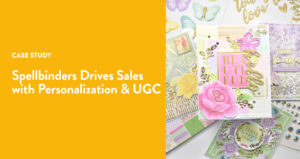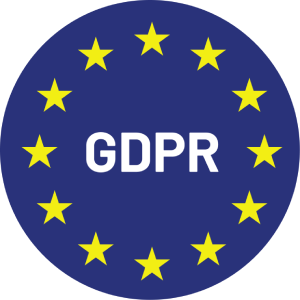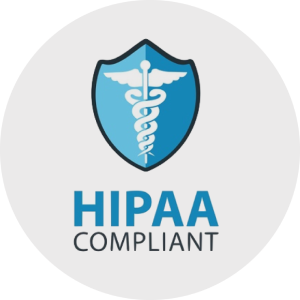A quiz is not only a fantastic method for collecting zero-party data, they also drive sales by recommending relevant products most suited to the user’s preferences. Here are ten of the most frequently asked questions of the Wyng Services Team when strategizing with brands on their quizzes. These tips will help build engaging quizzes that convert.
1. What’s the ideal length of a quiz?
The answer isn’t as straightforward as you may think! Instead of recommending a quiz be five to ten questions long, it’s more important to set the user’s expectations on how long the quiz they’ll be taking is.
You can do this by including a progress tracker (native with Wyng quizzes) and using copy (e.g., “Answer five questions to find out which moisturizer is best for you”) to set the user’s expectations. An engaged and informed user will be more likely to complete a quiz, especially if they get something of value at the end.
2. What should I name my quiz?
The word quiz doesn’t have the most professional reputation. But, fortunately, there are other names you can use that can assist in driving more conversions.
A “Vacation Finder,” “Fitness Routine Builder,” “Skin Diagnostic,” or “Hair Analysis” sound more like a professional questionnaire than a Buzzfeed article. The secret to attracting users to fill out the quiz is in the name, so try to find something that fits your brand and makes the value and outcome clear to the customer.
3. Should all questions be displayed on one page?
How you display questions largely depends on how many questions there are, the style of each question, and the kind of screen you’re optimizing for. For example, many quizzes in retail and beauty industries are focused on mobile shoppers.
You’re trying to reduce the number of users who drop off the quiz, so with three or fewer questions, it may help to show all questions within one view. This way users have a clear understanding of how long the quiz will take.
Similarly, if all questions are in the same format (images, icons, text-only, etc.) users may be more likely to complete the quiz if they’re all in one view with auto scroll to the next question.
For longer quizzes, or quizzes with different style questions, showing one at a time keeps the view simpler and auto-advancing to the next question reduces the number of clicks to get to the result page.
4. Should I use images when building my quiz?
Using images in a product finder quiz can be a great way to help the customer pick the right answer and help them make an educated purchasing decision. Add relatable examples or design your own icons that match your brand’s style. Additionally, adding icons to answers can help break up a text-heavy quiz and help the users visualize the answers.
5. How many products should a quiz recommend?
To improve the conversion rate of the quiz and not overwhelm a consumer, it’s best to only show one to two products on a result page. If you’re building a skin-routine finder, for example, opt to display one routine bundle.
6. Where should my quiz live?
When possible, embed the quiz on your brand website to drive more users to your page. Once they finish with the quiz, they have the opportunity to continue engaging with your brand on the site.
Wyng provides flexible methods for embedded experiences – including quizzes. Wyng offers the opportunity to embed your quiz once but continue to make changes to the experience yourself until you’re ready to release, without ever needing to change your embed code. The quizzes Wyng creates will also fit nicely on the page and inherit style from your site so the experience is visually cohesive and pleasing.
7. How can I increase visits to my quiz?
Promote your quiz on channels where your target audience is most likely to engage. Promoting the quiz on your social media channels and to your email community is a great place to start.
Onsite, we offer a few recommendations:
- Add a link to the quiz in the site’s top navigation like Estee Lauder’s Fragrance Finder.
- Add a standalone link within the hierarchy of “Our Services.” This may be the best option to reduce decision anxiety for brands with several products.
- Add banners or widgets on category pages to drive users to the quiz.
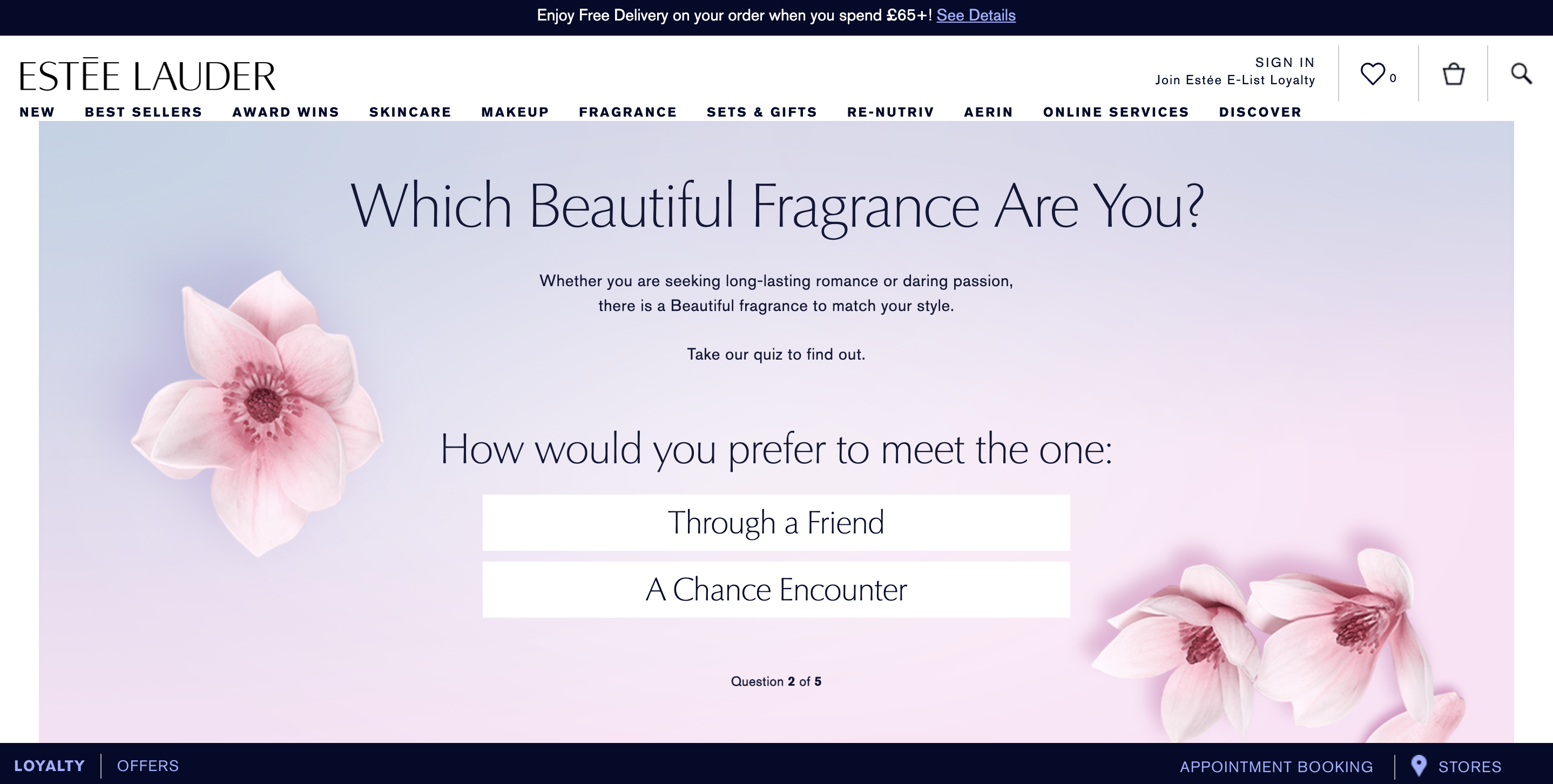
8. How can I drive product purchases for my quiz?
The key to encouraging purchases following a quiz is the results page. Include click-throughs to relevant product pages or Add to Bag functionality on each product recommendation.
Additionally, educating users on why the products are recommended will help them feel more confident in their purchase. Once the recommendation is made on the results page, include specific reasons on why that product was recommended. If these benefits don’t resonate with the user, add an option for users to retake the quiz as they have in the Kiehl’s Skin Care Finder.
9. How can I leverage a quiz to deliver educational content?
After each question step, take the opportunity to explain the answers further by including a tool tip or on-hover description.
Depending on the complexity of the products, include a step between questions that includes more information, such as facts about the product or service.
On the result page, include relevant details on the product. The full product descriptions can be found on the product pages. In the quiz, you need only but include a few key bullets that directly tie in to the answers the users submitted.
10. Have any more examples of amazing quizzes?
We sure do! Wyng customers have built hundreds of engaging quizzes over the years. We love these for the meaningful business impact. Take a look:
- L’Oreal’s Diagnostic Quiz – 134% increase in average order value
- Vrbo’s Vacation Finder Quiz – 25% of quiz takers booked a trip on vrbo.com
- AAA’s Member Onboarding Quiz – 10% increase in email open rates when using data from quiz to personalize emails
Ready to build your own quiz? The Wyng platform includes pre-built templates and simple drag-and-drop components to create beautiful quizzes in moments.
Want to learn how your brand can collect and use zero-party data? Contact us.
